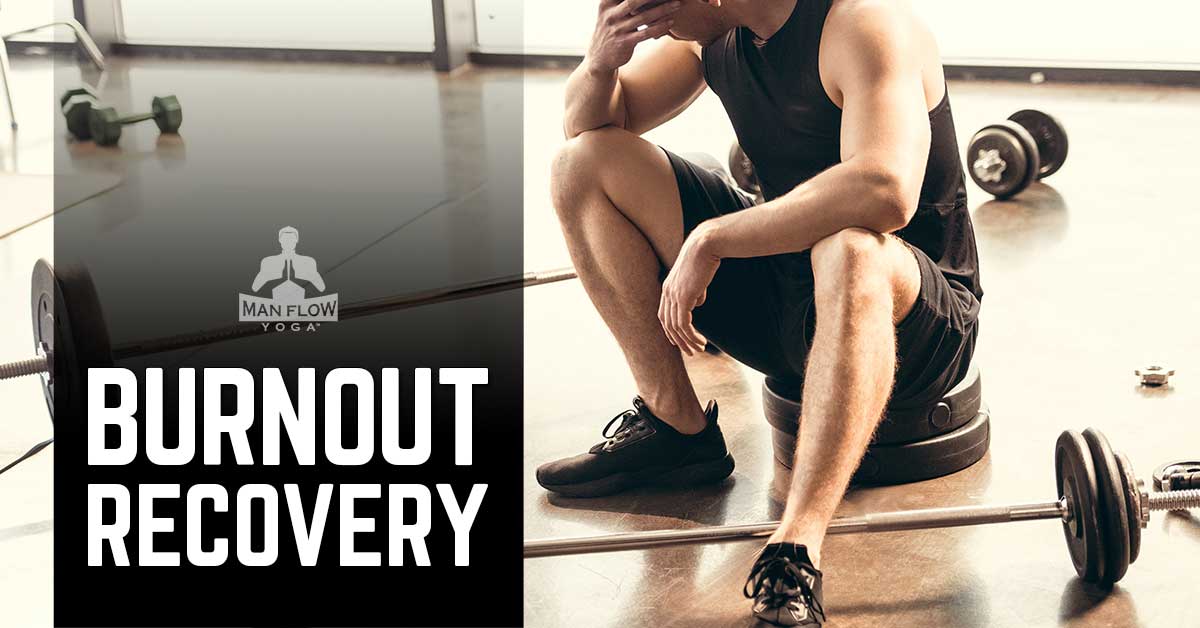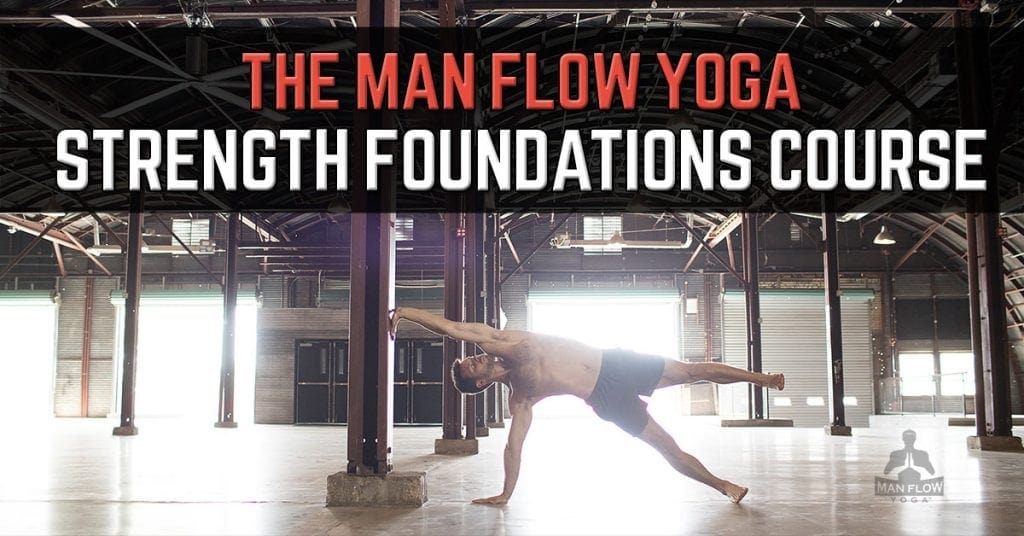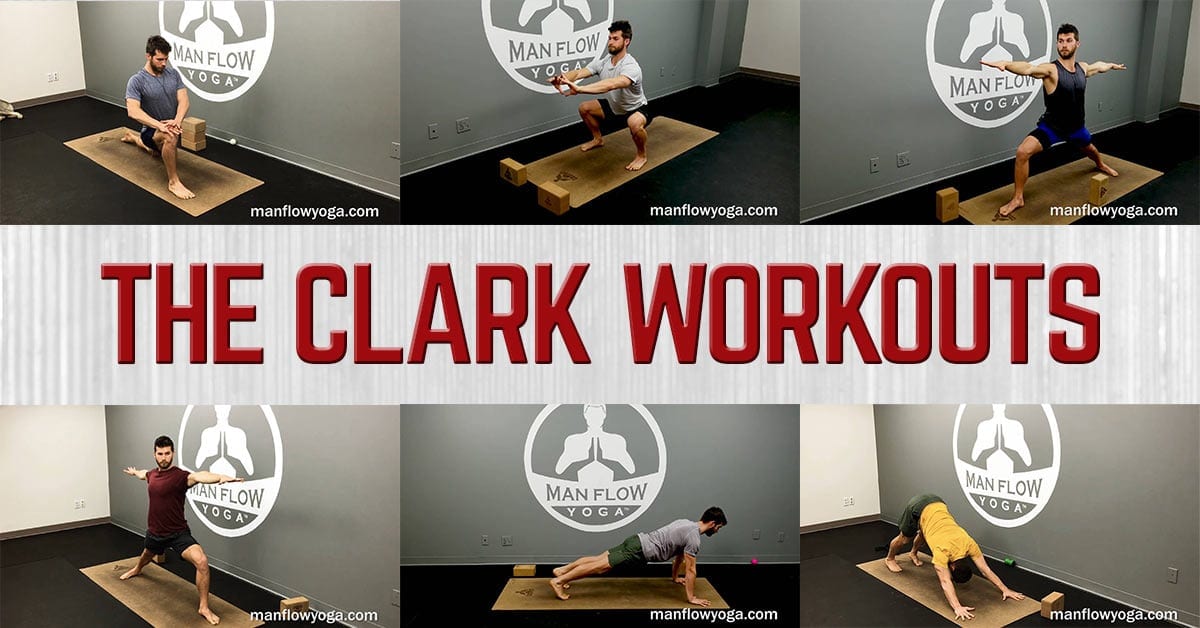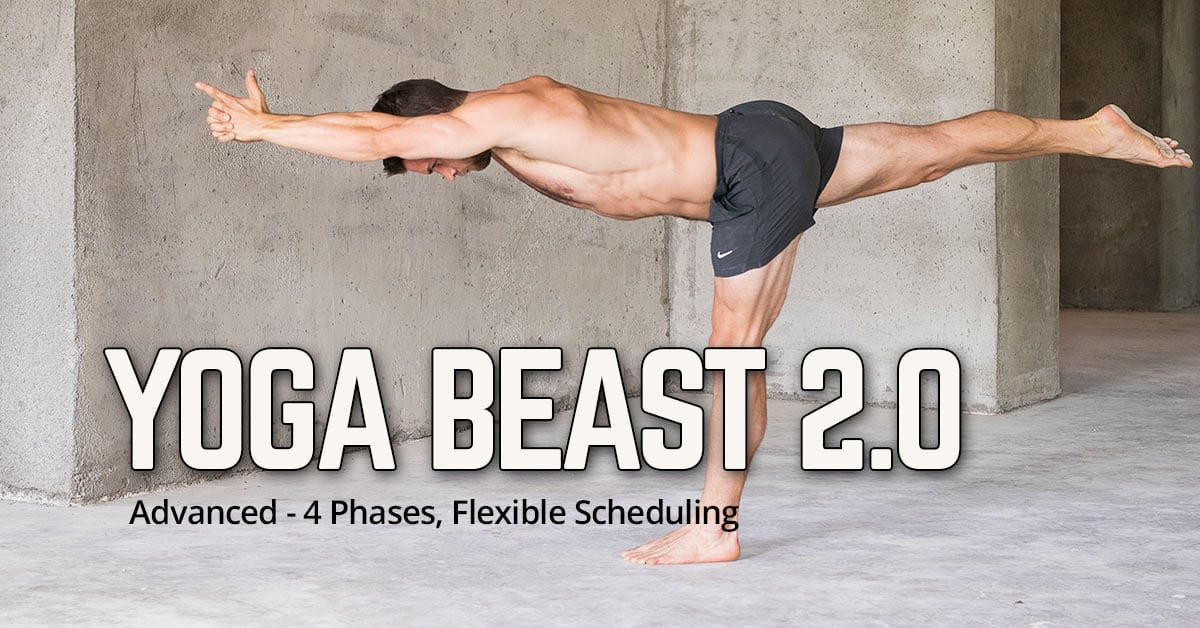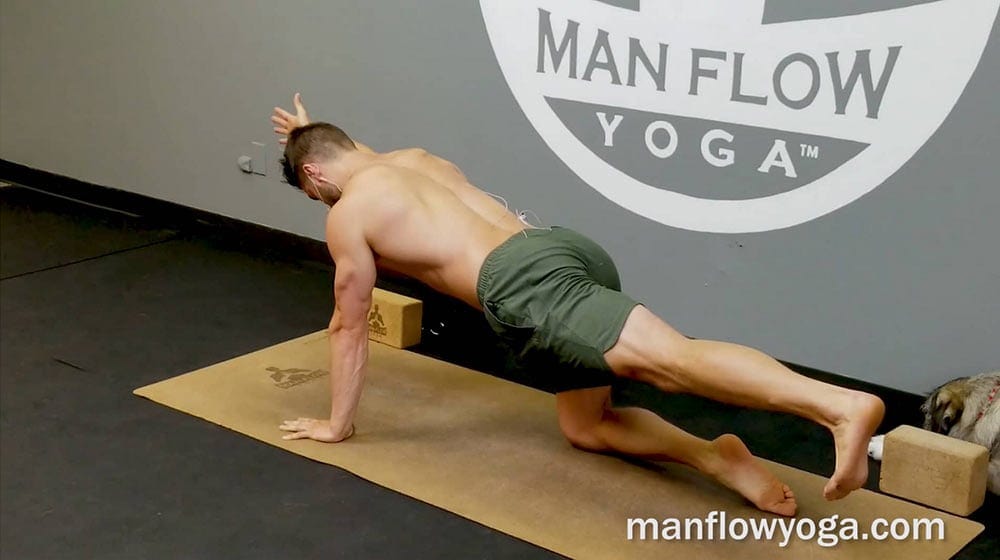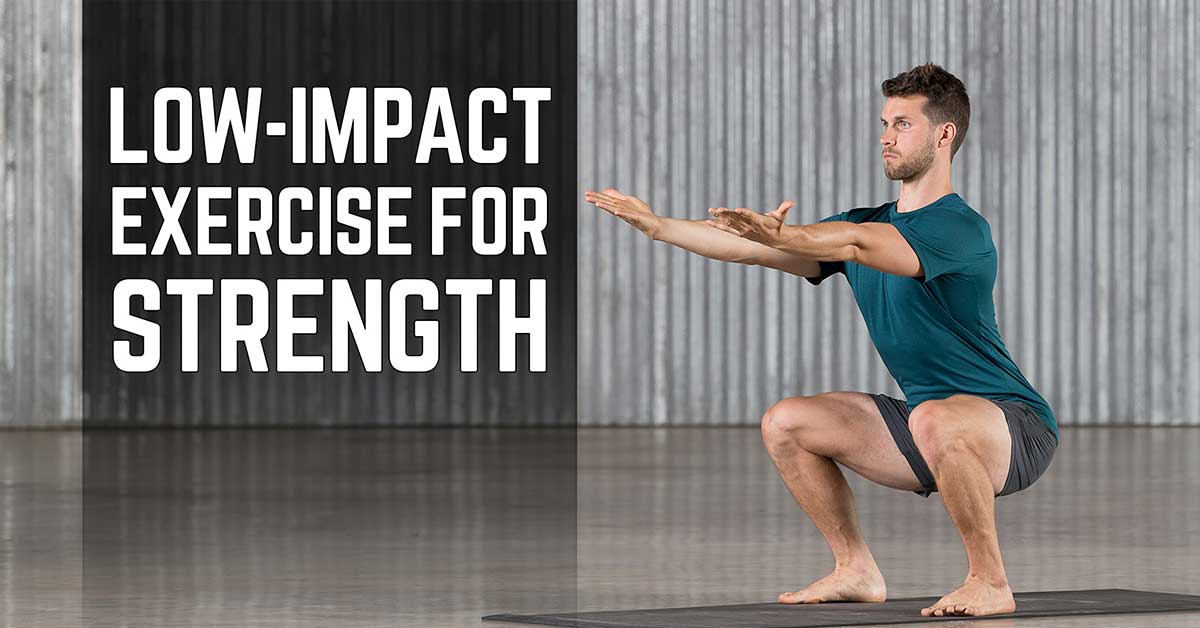Have you been training hard for years and years, but are ready for a form of exercise that isn’t as tough on your joints? You’re concerned with maintaining the physique you’ve worked hard for, but you also recognize that your body needs more mobility and recovery work than you’ve given it.
Congratulations, you fit perfectly into the Low Impact Exercise for Strength path, and we’ve got the workouts you need to keep your muscle mass, but also start to work on your mobility, relieve the constant soreness in your muscles and joints, and get you back to moving and feeling great.
If you’re here, you probably recognize that your exercise routine needs more mobility, functional training and recovery work than you’ve done in the past, and you’re looking for a program you can trust to deliver results.
| You Are: | Common Characteristics: |
|---|---|
|
|
| Common Challenges | How MFY Helps: |
|---|---|
|
|
Summary of Programming
Program 1 – The Burnout Recovery Program
Program 2 – The Strength Foundations Course
Supplementary Content
Aside from programs, you’ll want to focus on the following types of workouts (use workout search filters):
- Strength – especially important if you are not doing weights anymore, you’ll want to focus on maintaining your strength.
- Mobility – Address your neglected mobility but get stronger at the same time.
- Restorative – Did you know that for every minute you spend working out, you should also spend one minute doing recovery? Start doing this more.
- Balance – Something you’re probably not doing in your other workouts, but an exercise that will help you get much stronger.
- Overall – Work on everything. These are balanced workouts that cover strength, mobility, flexibility, balance, and maybe even a bit of recovery.
- Self-Myofascial Release – Help to uncover restricted muscle tissue, undo knots, and improve your flexibility.
When to do these workouts:
- You can do restorative workouts at the opposite time of day of your more intense workouts. (So if you lift weights in the morning, you can do a restorative yoga workout that night.)
- Give yourself at least 6-8 hours between workouts if you plan on “doubling” up. Don’t follow up a difficult strength-focused yoga session with a weight lifting session, unless it’s a limited weight training session and you’re using the yoga as a warm-up.
What other workouts / types of exercises should you be doing?
- Whatever other workouts you enjoy. Just make sure you’re giving yourself adequate rest between workouts, and be wary of overtraining symptoms.
- Make sure you are doing some pulling exercises (rows, pull-ups, etc) in addition to the yoga workouts you are following. These can be found in the Exercises, Tutorials, & More section.

